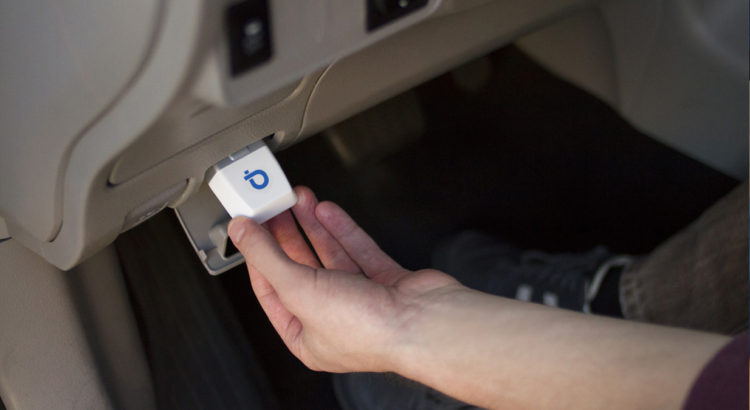85% of the road accidents happen because of human error. Out of which 36% happens because of driver distraction like taking calls & texting while driving, and fatigue because of long commutes and traffic jams. The yearly insurance claim is to the tune of $940B. Is there a way to improve the driver and the vehicle safety?
Tracking of vehicles have been happening for some time now through GPS using the web and mobile based apps. But that is not enough! What is needed is monitoring of the driving behavior real time and how that affects the vehicle performance and maintenance. Driving behavior includes over speeding, hard acceleration, sharp turns, excessive idling, etc. All the above mentioned affect the fuel efficiency and overall working of the vehicle. Add driver fatigue to the equation, the driver and the vehicle risk goes up. Hence, it becomes imperative to measure both the driver and vehicle risk and communicate the same to both the driver and the fleet owners.
Each car manufactured post 1996 has an OBD II (on board diagnostics) port where the OBD II compliant device can be plugged in. This device can receive data from the vehicle (GPS location, 9-axis accelerometer, and engine data) which can then be pushed to the smart phone directly using blue tooth or to the connected cars platform on the cloud using the GPRS technology.
iotaSmart.com, a cloud based smart connected cars platform, that receives data from the connected OBD II device real time, uses a smart analytical engine powered by artificial intelligence and neural networks to analyze the data to generate the driver risk and the vehicle risk indices. Driver risk measures the safety of the driver and the vehicle from an accident perspective and the effect the driving behavior has on the vehicle performance and the associated cost. Driver ratings are published to the owners for appropriate action. This not only improves the driver and vehicle safety but also improves the vehicle health score. The vehicle risk is a measure of the vehicle failure using the real time engine based data and driving behavior leading to excessive wear and tear. Useful life left in the vehicle is computed for predicting the time to failure. Both the driver and vehicle risk index are computed for each trip along with the fuel efficiency; another critical factor for measuring operational efficiency. Furthermore, risk indices are consolidated across the trips to understand the trending over a period of time. The ability to predict vehicle health along with recommendations at the right time for the fleets to identify the high operational cost points for potential cost savings is critical. The platform identifies the worst performing vehicles so that fleets can perform predictive maintenance and diagnostics based repairs on those vehicles for an overall health of the fleet improvement.
